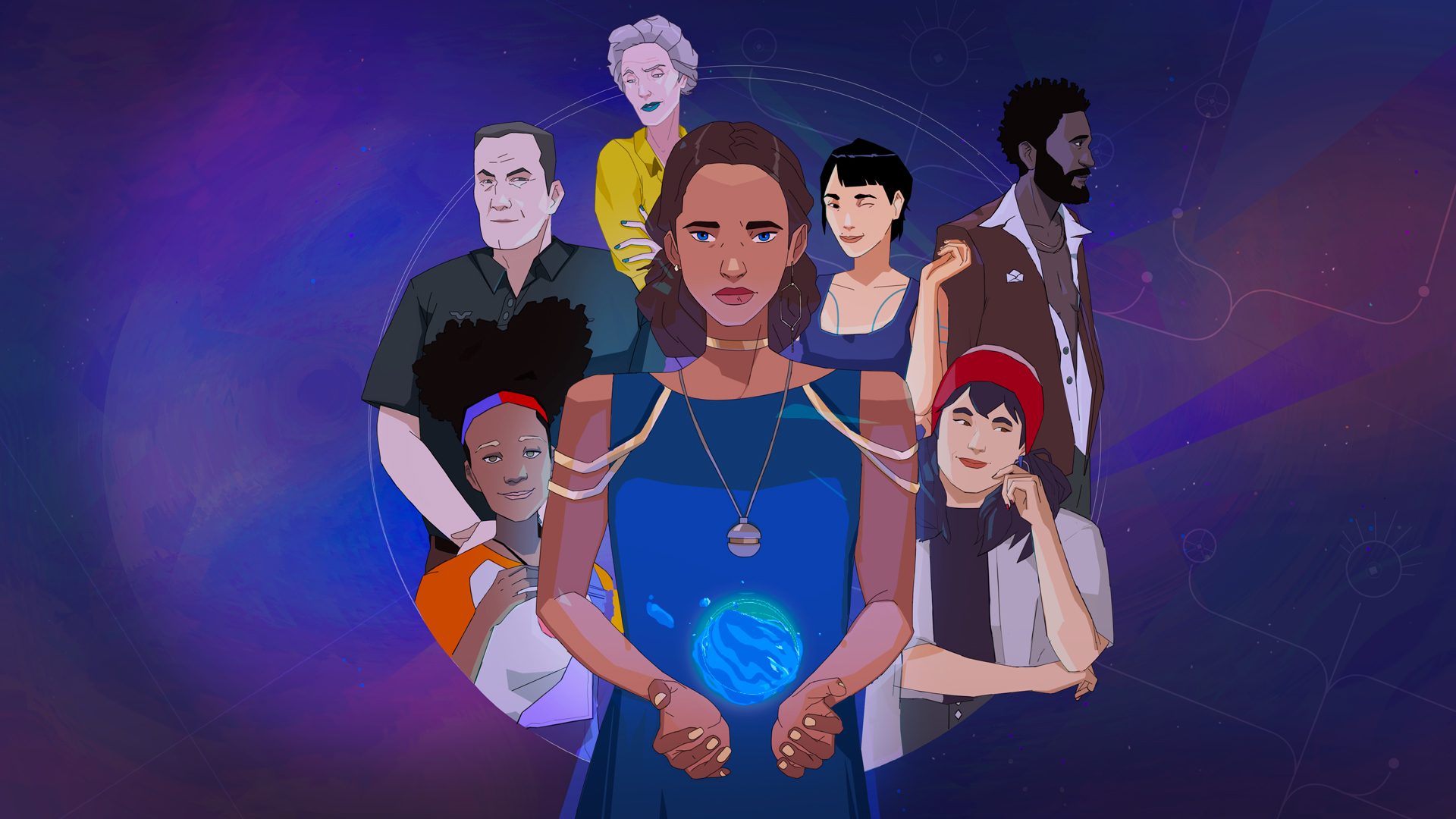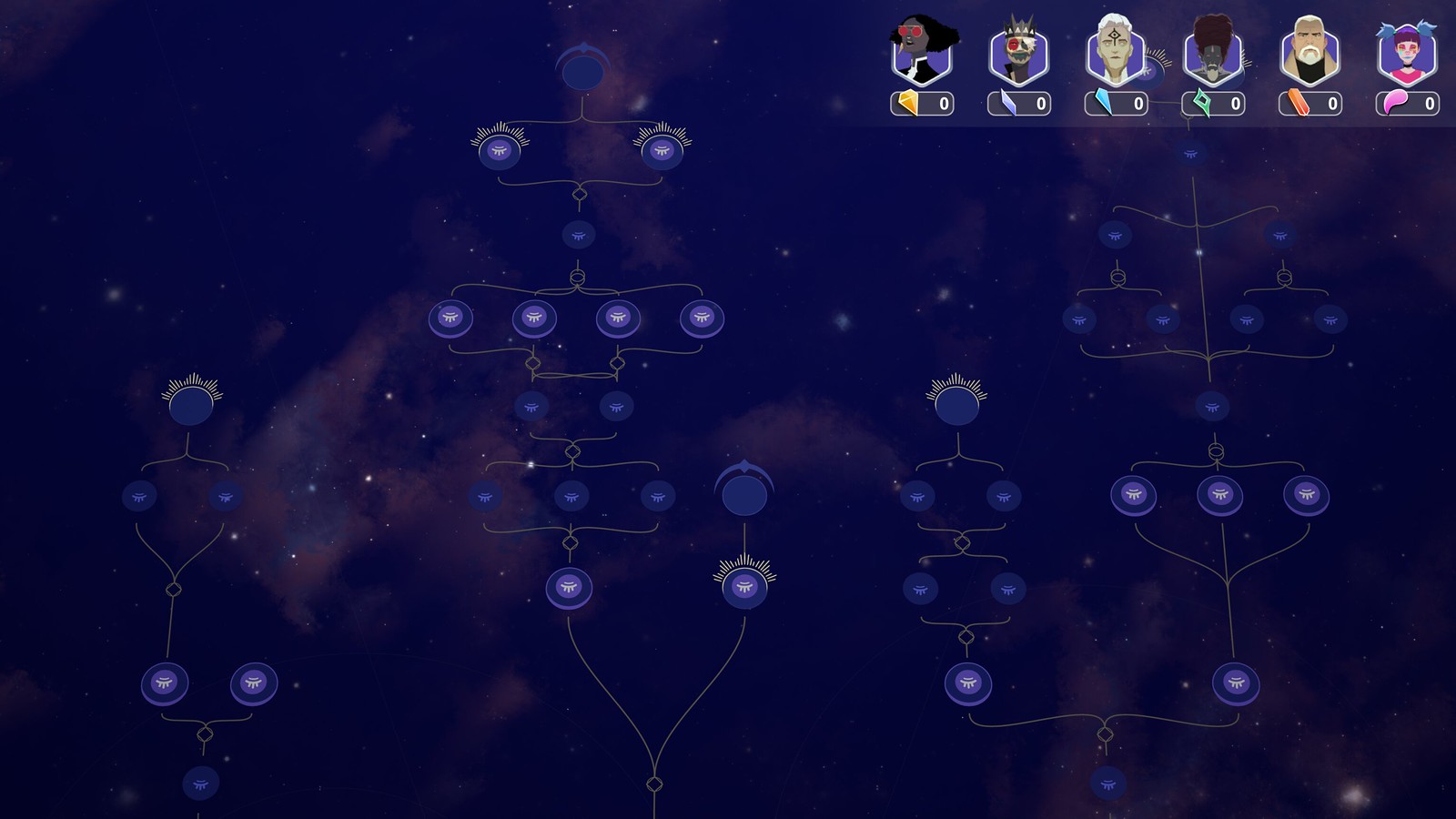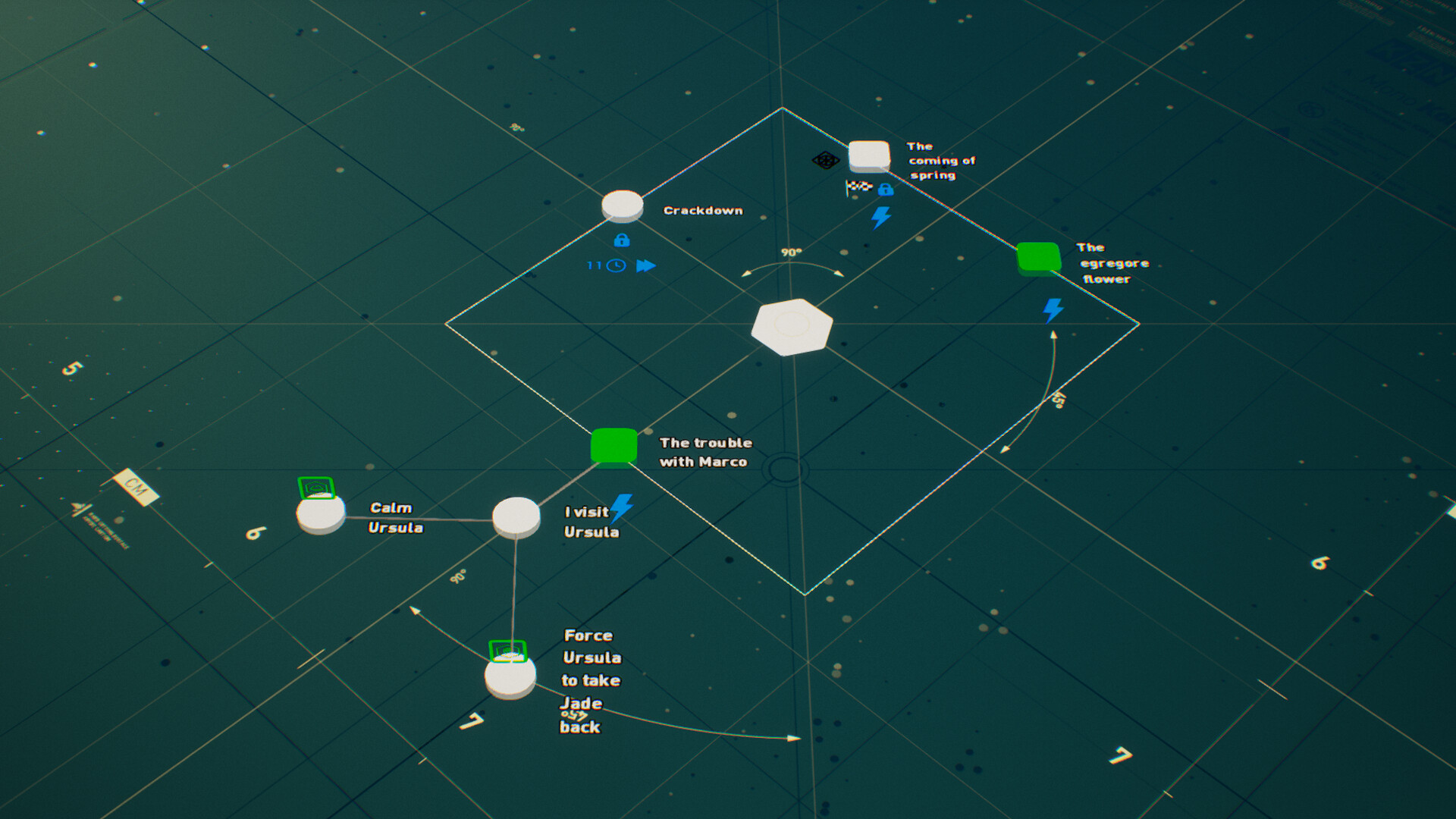Products You May Like
Hello readers! We’re very proud to launch Harmony: The Fall of Reverie on PlayStation 5 on June 22nd. It’s a narrative adventure with two vibrant worlds, a cast of loveable characters, and a compelling story we hope all kinds of players will enjoy.
One of the main features of our game is the Augural, and that’s what we’d like to talk about in this blog. The Augural is the game board and visual representation of our main character, Polly’s, gift of clairvoyance. It is the place in which you will foresee and make all your choices in Harmony: The Fall of Reverie.
We wanted to the Augural to be a peaceful and beautiful place where you can prepare your next move without any stress. That’s why the Augural is set against a placid lake reflecting a starlit sky, and this starlight conveys the idea of an astronomical map where fates can be deciphered.
When we first set out to build the Augural, the intention was to offer significant choices that were well-informed, so you need never be surprised or caught off guard by the decisions you make. From there, it evolved naturally into a way to expose the ‘core’ of the story and show how events are connected to one another. We wanted to do something new in the Choices Matter sub-genre.
We experimented with graphs and trees during conceptualization. One of our main references was Augury, the Ancient Greek art of divination, which they performed because they believed that the gods were willing to communicate with mortals. This was a good way for us to make the link between Polly’s clairvoyance and this method of representing it.
But it came with its challenges – we wanted you to feel the gift of clairvoyance and still be surprised by how the story unfolds. The biggest issue however was readability; the Augural went through quite a few iterations!
Some versions that we experimented with but ultimately didn’t make it into the game are more complex trees that would spread in several directions, cards that would reveal themselves on the board as the story progressed, and at one point there was even a building you could rotate in 3D! In the end, we made the system more user-friendly with lots of testing, removing any unnecessary visual elements, simplifying the background, improving readability at any level of zoom, and spent a lot of time tweaking the navigation.
As the Augural is a very visual way of playing, we had to create a system in which you can see even the seemingly trivial decisions eventually build up to greater outcomes down the line. This is so you can visualize how you’re going to play to reach the outcomes you seek. During the game you’ll also make decisions which have an immediate impact on the story and unlock branches while closing access to others.
When it comes to the bigger decisions, you’ll use Crystals. This resource, which is your connection between the two worlds, is another unique aspect of the game which you will see and manage in the Augural. As the story progresses, you’ll gather Crystals from the Aspirations – ancient godlike beings living in Reverie – that you’ve helped or been helped by during your journey. Which Crystals you use and from whom will feed that Aspirations’ influence on the real world until one of them ends up standing above the others as the heart of humanity… perhaps.
Harmony: The Fall of Reverie is a game that relies on story and gameplay responding fluidly to one another – the complexity of the story mustn’t be an obstacle to comprehension. We think we’ve managed to pull it off, but we’d love for you to play and let us know what you think! Harmony: The Fall of Reverie releases on 22nd June on PlayStation 5.





